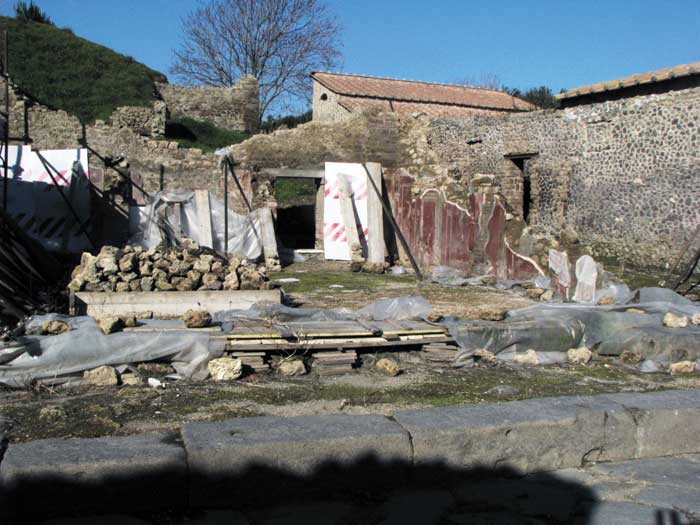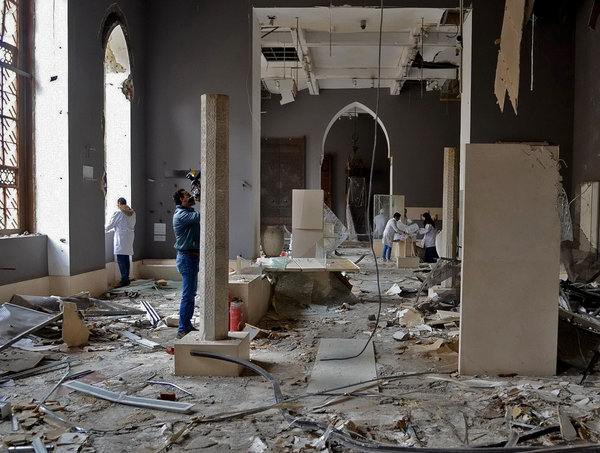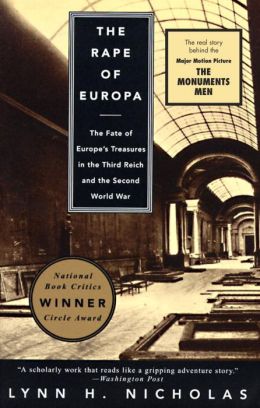Last year, especially last summer, art journalists flocked to write about the latest scandal of conditions at Pompeii, which has been under threat for years and is visited every year by more than 2 million visitors — more than the Uffizi. In August, UNESCO threatened to put the site on its World Heritage in Danger list, which would be highly embarrassing for Italy. Here’s The Art Newspaper‘s report on the situation last August. And here’s an article in The Guardian from last August, reporting that the Italians had called on German assistance, specifically nanotechnology to “focus on one particular apartment building, or insula, at Pompeii and [they] will look to develop long-term solutions and preventative restoration.”
 And there’ve been many other articles on “The Great Pompeii Project.”
And there’ve been many other articles on “The Great Pompeii Project.”
But on Saturday, two new players — as far as I can tell with web searches — emerged in an article in The Wall Street Journal. The Dynamic Duo Saving Pompeii caught my eye with the mention of Giovanni Nistri, an art-theft specialist and “a police general who helped pry looted Italian antiquities away from top U.S. museums” and “Emanuele Filiberto of Savoy, grandson of the last king of Italy—and a winner of Italian TV’s “Dancing with the Stars”—who has been recruited to attract investors.”
Nistri, the WSJ said, will run the project, which involves “restoration efforts, maintenance, a new drainage system and better closed-circuit television surveillance by the end of 2015.” The government reportedly gave him “special administrative powers to make sure the effort is executed on time, on budget, and without attracting the interest of organized crime endemic to the Naples area where the site is located.” From 2007 to 2010, Nistri supervised the carabinieri team that “tracked down millions of euros of art stolen from archaeological excavations. Before that, he was involved in negotiations with the Getty museum for the restoration of plundered antiquities.”
The “42-year-old Prince Emanuele Filiberto, a former hedge-fund analyst at Banque Syz in the mid-1990s” has been enlisted by Pompeii’s mayor to “tap his network of wealthy investors for the city’s plan to build a park north of the site and increase hotel capacity, which is currently just 700 people per night.” The park is intended to discourage “hit-and-run” tourism, instead enticing visitors to stay.
Is this change in the cast of characters a positive development, or just one more detour in the rescue? It is very hard to say from here. The Great Pompeii Project is funded in part by the European Union, so it is not solely dependent on Italian bureaucracy. Let’s hope this is a great step forward.
 Photo Credit: Courtesy of The Art Newspaper




